Portrait of Tycho Brahe
The Institute and Museum of the History of Science in Florence, Italy.
Tycho Brahe
Tycho Brahe was a Danish astronomer who lived between 1546-1601. For
over twenty years, he made very accurate observations of the night sky, all
without the aid of a telescope, which had not yet been invented. Tycho also built the world's first observatory and kept a star catalogue with over 1000 stars.
Tycho's records were used by Johan Kepler to describe the orbits of planets around the sun and disprove the Ptolemaic theory.
You might also be interested in:
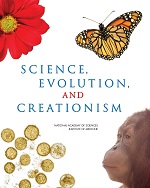
How did life evolve on Earth? The answer to this question can help us understand our past and prepare for our future. Although evolution provides credible and reliable answers, polls show that many people turn away from science, seeking other explanations with which they are more comfortable.
...more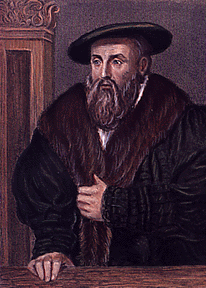
Johan Kepler was a German astronomer who lived between 1571-1630. He introduced three important laws of planetary motion and helped the Copernican model of the solar system gain general acceptance. Kepler
...more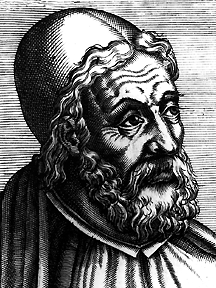
Ptolemy was a Greek astronomer who lived between 85-165 A.D. He put together his own ideas with those of Aristotle and Hipparchus and formed the geocentric theory. This theory states that the Earth was
...more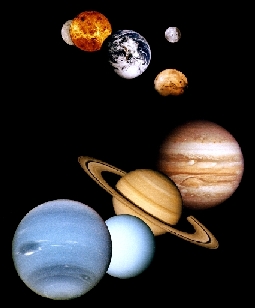
For many years, people believed that the Earth was the unmoving center of the universe and that the planets,Sun, moon, and the stars moved on spheres around the Earth. Astronomers such as Copernicus and
...more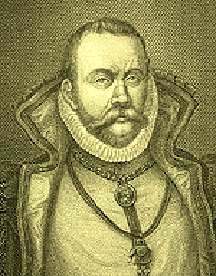
Tycho Brahe was a Danish astronomer who lived between 1546-1601. For over twenty years, he made very accurate observations of the night sky, all without the aid of a telescope, which had not yet been
...more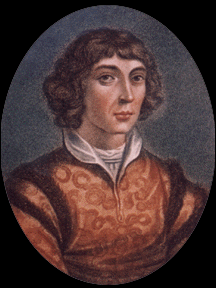
Nicholas Copernicus was a Polish astronomer who lived between 1473-1543. Before his time, people believed in the Ptolemaic model of the solar system, which maintained that the Earth was the center of
...more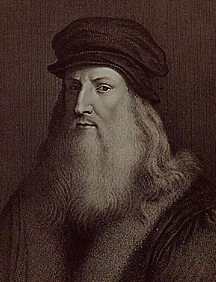
Leonardo da Vinci was an Italian artist and scientist who lived between 1452-1519. Leonardo was the original Renaissance man, whose roles included inventor, engineer, architect, mathematician, geologist,
...more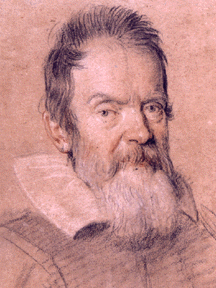
Galileo Galilei was an Italian astronomer and physicist who lived between 1564-1642. He challenged Aristotle's proposition that heavenly bodies were divine and therefore perfect and blemish-free. Galileo
...more














